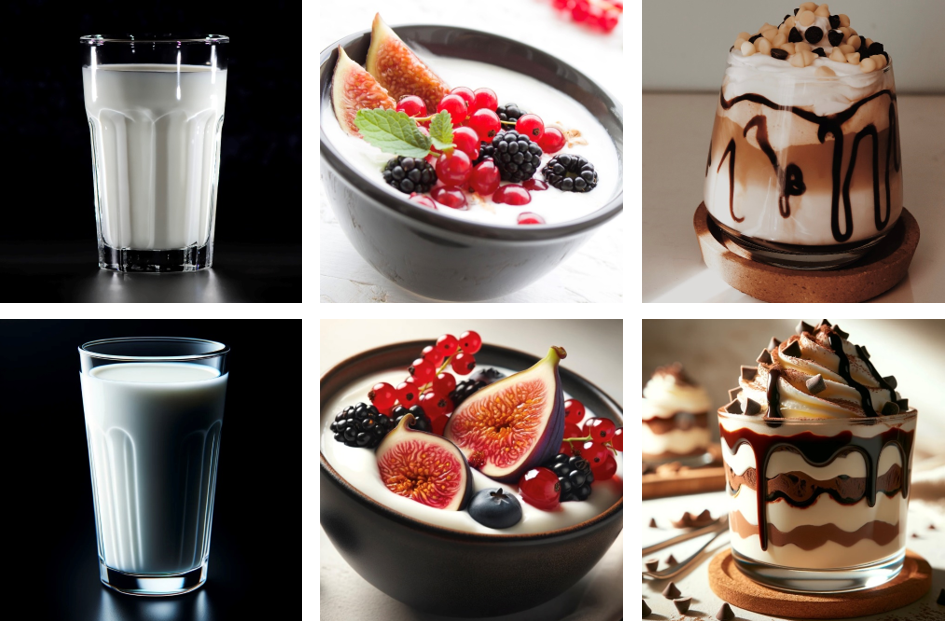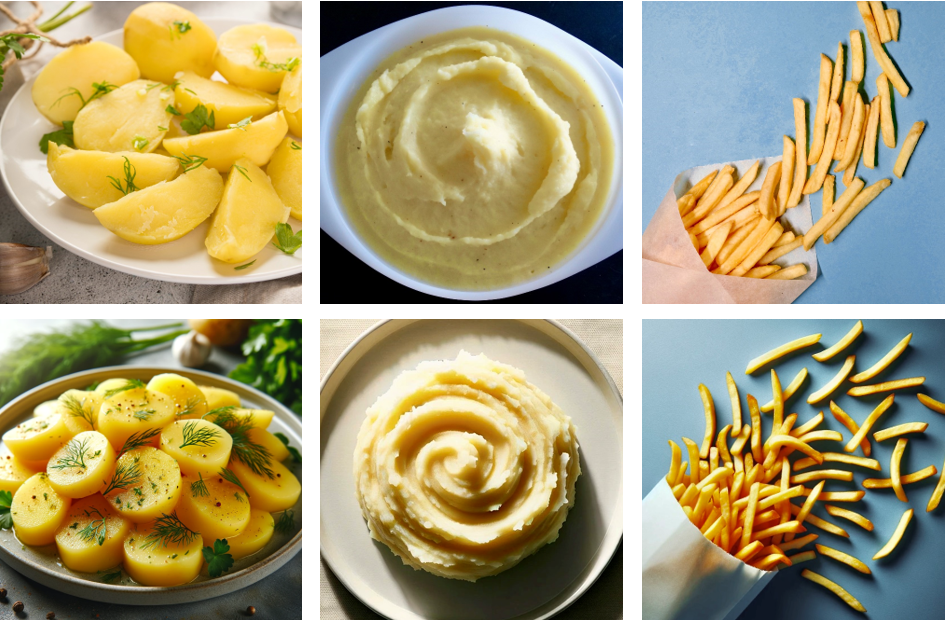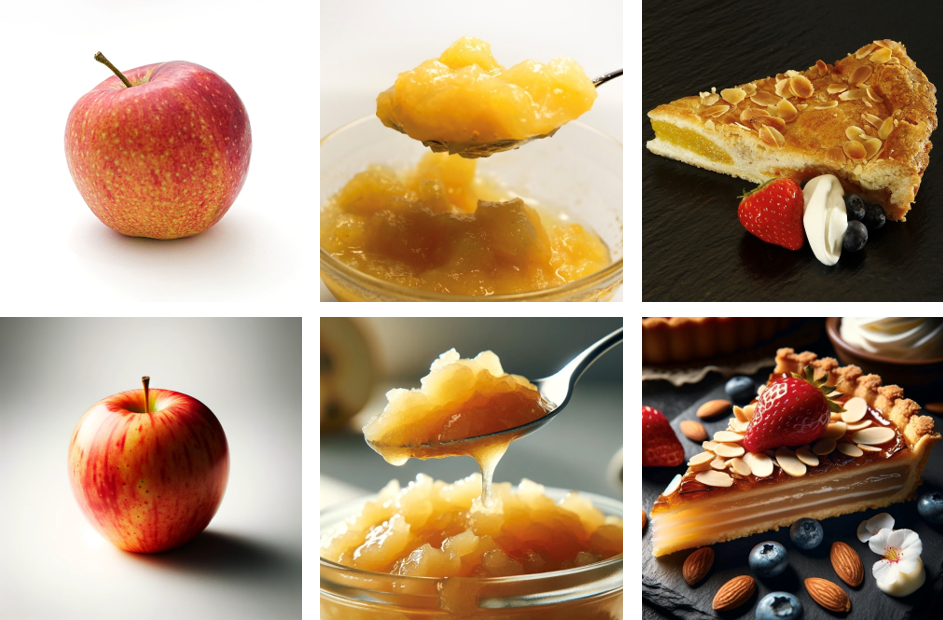Recent advancements in generative AI models have blurred the distinction between reality and artificiality. These models are highly sophisticated and can learn to create new content based on the underlying training dataset. OpenAI's ChatGPT is an example of a generative AI model that has gained significant attention worldwide.
AI-generated food imagery is a relatively new field with significant implications for online grocery platforms, the hospitality sector, and direct-to-consumer services. A recent United Kingdom-based survey conducted in 2023 investigated the public perception of AI-generated and authentic food images, given its importance for a wide range of businesses, including those with scarce resources, time, or budgets.
Potential concerns with AI-based food imagery include the intensification of 'visual hunger,' which entails triggering appetite and food cravings when viewing images, and the need for clear disclosure policies regarding the AI-generated nature of food images. These concerns motivate further study on the connections between consumer perception and AI-based food imagery.
About the study
Using two sub-studies, researchers explored the ability of study participants to differentiate between authentic and AI-generated food images and whether this is influenced by the degree of food processing. They also assessed the perceived appeal of AI-generated food images and the role of food processing relative to authentic images. The impact of disclosing the photo's nature on these assessments was also studied.

Milk: real (top row) and AI-generated (bottom row) in its unprocessed (left), processed (middle), and ultra-processed (right) variants.

Potatoes: real (top row) and AI-generated (bottom row) in their unprocessed (left), processed (middle), and ultra-processed (right) variants.

Apples: real (top row) and AI-generated (bottom row) in their unprocessed (left), processed (middle), and ultra-processed (right) variants.
Study findings
Participants of the first study performed very well in identifying AI-generated food photographs, especially when a joint evaluation mode was used. According to the General Evaluability Theory, individuals can use features of an image to evaluate another in joint evaluations, which augments a photo's evaluability and people's sensitivity to its value.
In contrast to separate evaluation, the joint evaluation mode may have helped individuals accurately distinguish between authentic and AI-generated food images. For ultra-processed foods (UPFs), recognition was higher, which could be due the high degree of manipulation associated with UPFs, with AI-modifications potentially making UPFs more artificial and conspicuous.
Consistent with other studies, the rate of recognition for AI-generated photos was lower than for real images, which could be due to participants' lifelong exposure to real food. Importantly, the ability to identify AI-generated and real food was uncorrelated. With the progression of age, the ability to differentiate between AI-generated and real images decreased.
The second study evaluated the influence of labeling on the perceived appeal of food images. Without disclosure, authentic images were consistently rated less appetizing than their AI-generated counterparts. Comparatively, with disclosure, participants' preferences tended to shift towards images labeled as real, independent of the actual nature of the food.
In cases where participants were deceived or unaware of the nature of the food, unprocessed foods were considered more appealing in their AI-based formats. In the "informed" or correctly labeled condition, real images were considered more appetizing than their AI-generated counterparts.
Conclusions
The study findings provide new insights into the nuanced relationship between consumer perceptions and AI-generated food imagery. Moreover, this study explores the complex interplay between human responses and technological innovation in digital food marketing.
While the results suggest an opportunity for marketers and the industry, there could also be the potential exacerbation of 'visual hunger,' which has the potential to contribute to unhealthy eating behaviors. To address this, clear disclosure of the content's origin is extremely important.
A key limitation of the study involves the representativeness of the general population. The above 65-year age group was less represented, thus limiting the generalizability of the findings.
Specific stimuli generated by a specific AI model were used in this study. This implies that the findings may not apply to other AI models, which could yield different degrees of realism.
Importantly, generative models are advancing rapidly; therefore, the current study findings correspond to a particular snapshot in time and have associated limitations. Future research is needed to continue to validate and build upon these observations.
In the future, more research should be conducted on "comfort foods," where an emotional connection could mediate the acceptance of digital content. These types of studies must account for differences in the definition of comfort foods across geographical locations and genders. Another intriguing research direction could be assessing the role of food aromas on the perception of naturalness.
Journal reference:
- Califano, G. and Spence, C. (2024) Assessing the visual appeal of real/AI-generated food images. Food Quality and Preference 116; 105149. doi:10.1016/j.foodqual.2024.105149